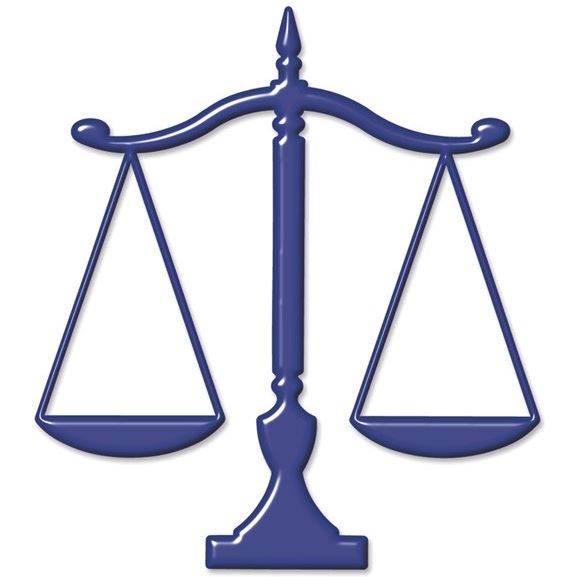
Lifestyle/Community

Slippery slope: Rights of schools vs pupils
ANT KATZ
Also read: HAIR TODAY, WHAT WILL TOMORROW BRING…
The complex issue of the rights of schools versus the rights of learners, often finds itself being resolved by courts around the world. There are at least two legal precedents where higher courts have overturned lower court rulings on the constitutional rights of learners in South African case law.
The Rastafarian case
In the first case, in 2002, the Western Cape High Court heard an appeal by the DA against the governing body of The Settlers High School; The Western Cape Education Department; and the Exco for Education in the Western Cape (the Province was ruled by the ANC until 2009 when they were unseated by the DA).
The DA sought to have the school’s 2000 decision to suspend an unnamed girl pupil for five days because of her Rastafarian hairstyle, set aside.
The High Court addressed issues such as the school’s code of conduct, the girl’s defiance of school uniform regulations, and the school’s code of conduct. The applicant and her mother testified that she had not caused disruption and her appearance was always neat and tidy.
The judges noted in their finding that the Ministry of Education had, in April 1998, laid down guidelines for consideration by governing bodies in adopting a code of conduct for learners.
“The focus is on positive discipline and the need to achieve ‘a culture of reconciliation, teaching, learning and mutual respect and the establishment of a culture of tolerance and peace in all schools’,” noted the judgment.
“This must be done in the context of the democratic values enshrined in the Bill of Rights contained in the Constitution… Every learner is accorded ‘inherent dignity’ and ‘the right to have his/her human dignity respected’, in the sense of ‘mutual respect including respect for one another’s convictions and cultural traditions’,” wrote the judges.
“In this regard educators and learners are encouraged ‘to learn the importance of mediation and co-operation, to seek and negotiate non-violent solutions to conflict and differences and to make use of due process of law’.”
The Court granted the DA’s application and set aside the school’s finding.
The Pillay case
In this case – what is believed to have been the first case of its kind to be heard by the SA Constitutional Court – in 2007, The Court heard an appeal against a decision of the KwaZulu-Natal High Court concerning the right of a learner to wear a nose stud to school. The Constitutional Court overturned the High Court’s decision and found in favour of the learner.
The matter arose in 2004 when Durban Girls’ High School refused to allow Sunali Pillay to wear a small nose stud.
Pillay’s mother took the school and the KZN MEC for Education to the Equality Court alleging that they had unfairly discriminated against Sunali and violated her religious and cultural rights. The Equality Court found that the school had not unfairly discriminated against the child.
On appeal, the KZN High Court overturned the decision, finding that the school had, in fact, discriminated against Pillay and that the discrimination was unfair. The Court declared the decision prohibiting the wearing of a nose stud, in school, by Hindu/Indian learners to be null and void.
Both the school and the Department appealed directly to the Constitutional Court.
The Chief Justice concluded that the school’s discrimination against Pillay was, in fact, unfair. It declared that the refusal by the school to grant her an exemption from the Code unfairly discriminated against her. In addition, he ordered that the school, in consultation with learners, parents and staff, amend the Code to provide for a procedure to reasonably accommodate religious and cultural practices.




